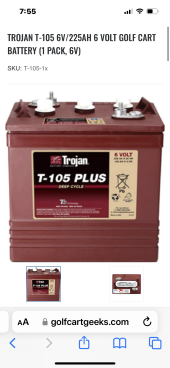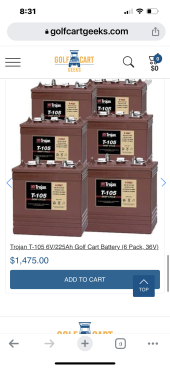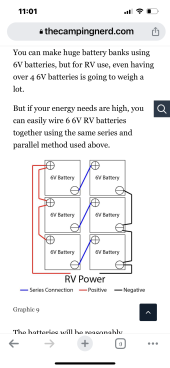After a very long…. ..epic winter…… I have to say the Generator won the war. Solar panels were buried under feet of snow most of the winter.
The 2 - 12v Sok batteries seem to not be holding much of a charge. The 400w of Solar didn’t seem to ever fully charge the batteries and most of time were submerged in feet of snow.
I think a combination of cold temperatures and endless storms with metric tons of snow just overwhelmed everything.
My Winter in review:
Just my quick thoughts and story!
I ran about 15-20 gallons of gas through my generator for a total cost of about $75-$100. I would estimate I get about 8-10 hours per 2 gallons and I ran it around 100 hours this winter. On a normal weekend I would run it 3-4 hours per day. Most weekends I barely used 2 gallons of gas. I would arrive Friday night and run it for 2 hours until the cabin warmed up from the wood stove and I was ready to go to bed. 2 hours in the Morning making coffee and just sitting around waiting to go ski. 2-3 hours on Saturday night and briefly Sunday morning charging batteries and running various appliances and a quick vacuum. I never used a full tank of gas. Approximately 2.5 gallons.
The 2 SOK 12v lithium batteries wouldn’t accept a charge since they were well below 30 degrees when I arrived. I think this almost makes them a liability or almost worthless with Solar in the mountains during the winter.
I had a few old deep cells i ran LEDS with just to make some background light.
I would run the batteries to watch TV run 4 sets of Costco string lights until I went to bed and they normally would take a charge after a few hours. They didn’t seem to have much power this winter. I didn’t test them, but I felt they barely would run lights and a TV for 3-4 hours before they would almost need a charge.
My system has been a mess since I tried to build it. Most of this is probably my fault. I have 400w of Solar from Renology 4x100w panels. A cheap Renology solar charger, 2 SOK 12v and a 2000w Inverter, with 2 x 15amp car chargers for the batteries. Overall the generator has been my best purchase as far as cost and reliability.
After 2 Winters and 2 summers I estimate I’ve used about 100 gallons of gas at a cost of about $350-400 and I paid $800 for the Gen. I have 2 years of weekend power for about $1200.
I’ve spent about $2000-3000 on misc Solar/batteries and have had a few great days where it works like magic and several others just shoveling snow or pulling my hair out. I do like having the battery power the evening and daily miscellaneous stuff.
I’m going to revisit the entire project this summer when the snow melts and I can access the entire cabin. I’m hoping to add a shed which might help with mounting a few panels and building a better insulated battery bank. I probably need to start over but I’m keeping the generator for sure.










